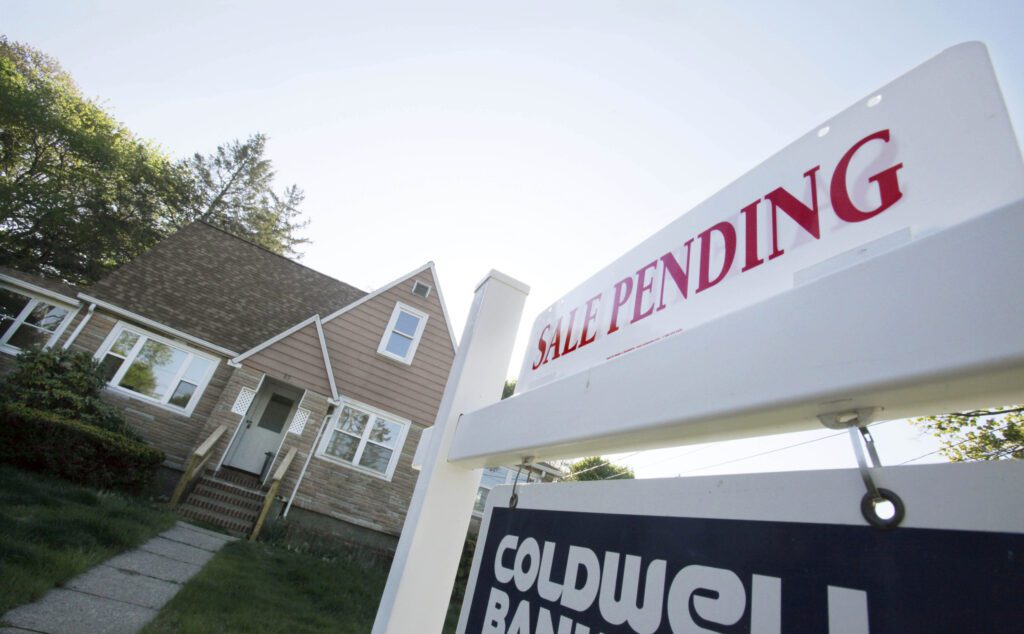Sun Belt Cities Lead Nation in Home Price Drops: Where Buyers Can Find Bargains Now
The latest housing market trends reveal a significant shift, particularly in the Sun Belt region. A new report highlights the top 10 U.S. cities experiencing the fastest declines in home prices. This change is fueled by rising inventory, soaring mortgage rates, and diminishing buyer demand—providing a rare opportunity for homebuyers in an otherwise challenging market.
Why Home Prices Are Sliding in the Sun Belt
After a period of unprecedented price growth during the pandemic housing boom, many U.S. cities now face pronounced price corrections. Increasing supply and cooling buyer interest have driven home prices down, sparking talk among analysts of a possible prolonged housing downturn.
What this means:
- Buyers’ Advantage: Lower prices make it easier for first-time buyers, especially younger generations, to enter the housing market.
- Seller’s Challenge: Property owners and developers may encounter tougher selling conditions ahead, requiring greater price flexibility.
For Florida-specific market insights and how evolving trends impact buying strategies, visit FloridaRealEstateWire.com’s housing market updates.
Top 10 U.S. Cities with Fastest Home Price Drops
According to Realtor.com, 9 out of the 10 cities leading price reductions are in the Sun Belt, with more than half located in Florida. Let’s break down the details of these markets showing the biggest markdowns.
1. Phoenix, Arizona
- Price cuts: 31% of listings
- Inventory: 19,981 homes (+33% YoY)
- Median list price: $525,000
- Days on market: 52
Phoenix tops the list, grappling with a substantial inventory increase that’s prompting sellers to reduce prices aggressively.
2. North Port, Florida
- Price cuts: 30%
- Inventory: 11,234 homes (+32%)
- Median list price: $490,500
- Days on market: 70
A fast-growing market in Florida seeing one of the highest proportions of price drops—ideal for bargain hunters.
3. Tampa, Florida
- Price cuts: 29%
- Inventory: 19,310 homes (+32%)
- Median list price: $410,000
- Days on market: 58
Tampa maintains its appeal but with increasing listings and price reductions as market dynamics soften.
4. Cape Coral, Florida
- Price cuts: 28%
- Inventory: 14,580 homes (+41%)
- Median list price: $435,000
- Days on market: 81
Homes in Cape Coral are staying longer, signaling growing buyer leverage.
5. Jacksonville, Florida
- Price cuts: 28%
- Inventory: 9,676 homes (+35%)
- Median list price: $399,995
- Days on market: 57
Jacksonville marks another Florida market with substantial markdown activity amid rising inventory.
6. Denver, Colorado
- Price cuts: 27%
- Inventory: 10,345 homes (+65%)
- Median list price: $599,450
- Days on market: 36 (fastest selling)
Denver stands out as the only non-Sun Belt city on the list but faces a sharp inventory surge influencing price cuts.
7. Palm Bay, Florida
- Price cuts: 27%
- Inventory: 4,562 homes (+28%)
- Median list price: $389,825
- Days on market: 61
Palm Bay reflects typical market softness seen across many Florida cities.
8. Deltona, Florida
- Price cuts: 27%
- Inventory: 6,892 homes (+31%)
- Median list price: $394,450
- Days on market: 70
Deltona homeowners face longer market times and necessary price adjustments.
9. Austin, Texas
- Price cuts: 26%
- Inventory: 11,073 homes (+25%)
- Median list price: $525,000
- Days on market: 44
Austin experiences moderate inventory growth but still shows a notable share of price reductions.
10. Charleston, South Carolina
- Price cuts: 26%
- Inventory: 3,542 homes (+42%)
- Median list price: $525,000
- Days on market: 41
Charleston’s market slowdown rounds out the list with rising supply and longer selling periods.
Market Expert Opinions: What This Means for Buyers and Sellers
Hannah Jones, Senior Economic Research Analyst at Realtor.com, explains:
“As inventory builds up, homes sit on the market for longer, pushing sellers to reduce their asking price to drum up some buyer attention. Buyers are in a good position to negotiate in these markets. Sellers will likely be flexible and willing to negotiate price or terms to be favorable for both parties.”
Nick Gerli, CEO of the housing app Reventure, shared insights on social media:
"Florida’s housing market is in a downturn. Prices are dropping all across the state, and will likely continue to drop for years due to an oversupply of housing combined with record lack of affordability."
Gerli elaborated on the wider regional trend:
- Florida home prices dropped 2.4% in the past year, with forecasts pointing to an additional 5% decline ahead.
- Arizona experienced a 6.9% decrease from peak prices in June 2022.
- The market correction is expected to accelerate due to mounting inventory and supply pressures.
Watch Gerli’s recent YouTube discussion for an in-depth analysis of these trends.
What Buyers Should Do Now
If you’re actively looking to buy, these conditions create a favorable environment:
- Negotiate prices: Sellers are more open to offers.
- Explore Sun Belt markets: Many Florida cities, Phoenix, and Austin provide excellent opportunities.
- Act with insight: Track market reports on FloridaRealEstateWire.com for the latest local updates and expert advice.
Conclusion
The surge in housing inventory alongside rising mortgage costs and softening demand is reshaping the U.S. housing landscape—most notably in the Sun Belt. For buyers, this means better chances to negotiate and find value in markets like Florida, Arizona, and Texas. For sellers, the changing tides require adaptability and realistic pricing strategies. Staying informed and agile remains key as the housing market enters this new phase.
For more detailed Florida housing market trends and expert tips, explore our resources at FloridaRealEstateWire.com.
Featured image credit: Bill Sikes/AP
Image: A pending real estate sale sign in Massachusetts, April 2012


